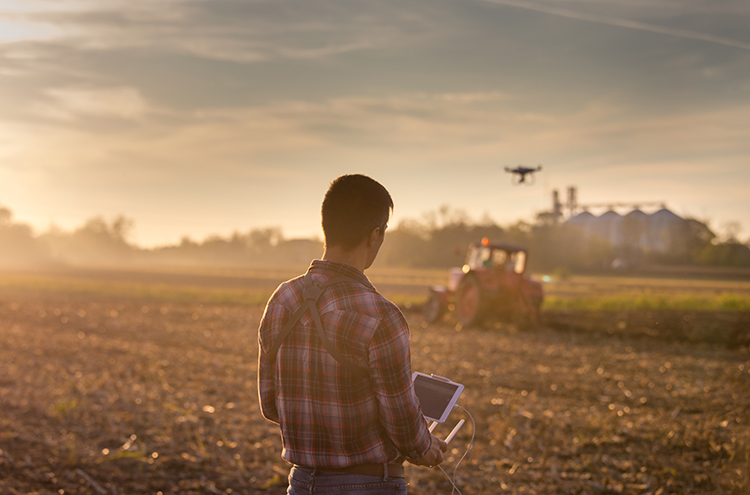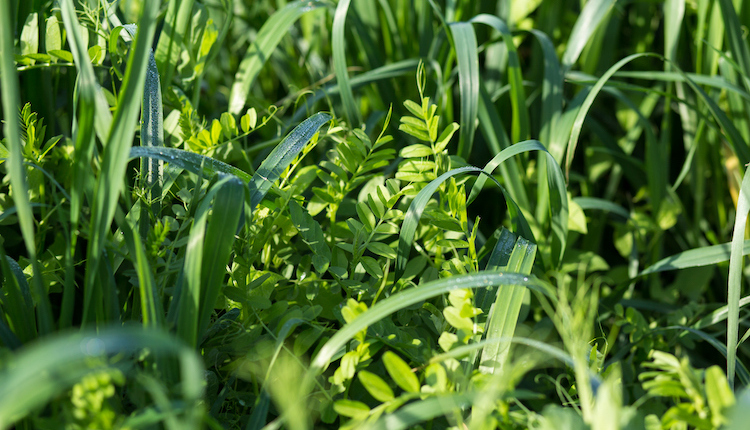
Most people would not consider a barnyard to be a particularly high-tech place or a location where drones might be at work. Even so, you could easily spot a drone flying around at a farm these days. While agricultural drone use is not quite as common as media, infrastructure, and real estate applications, it remains as one of the primary industries that is utilizing drones on a day-to-day basis.
Most agricultural drone use has been focused on livestock and field monitoring tasks. That being said, crop drones have been able to tackle everything from planting to pollination at a small scale. You may roll your eyes at some of these things and their presumed lack of efficiency, but drones do provide value when placed in the proper role. Drones tend to be very good at detecting issues since they can get around quickly and can be outfitted with various types of monitoring tools. Even a simple camera setup can do a lot more than meets the eye with modern drone technologies.
Photogrammetry is a fancy method of image triangulation that enables drones to capture objects in three dimensions. One big benefit of this technology is that it enables the volume of very large irregular objects to be calculated. While this ability has been very valuable to some industries, such as mining, drone photogrammetry is just beginning to be utilized on dairy operations.
Accurately assessing silage piles
Monitoring the remaining volume in silage piles and bunks has been the most direct application of this drone service on dairy farms. If you don’t think that this is impressive, just try measuring a silage pile with a measuring tape. Since volume is the only thing measured, actual feed inventory can only be calculated if you have some sense of the density of the material in the pile. This can be measured with a density probe or estimated with a tool such as the silage density calculator spreadsheet available from the University of Wisconsin-Madison. When paired with density monitoring, drone inventory tracking would be possible on farms that have no way of recording truck weights at harvest or even silage mass removed at feeding. If you do have accurate truck weights, a drone flight after harvest could easily help you evaluate silage packing for various storage structures around your farm.
Drone photogrammetry is by no means limited to silage monitoring, however. There are plenty of piles of other things around the farm that also need to be considered. Compost piles are a no-brainer, but even liquid manure storage could be safely inspected and measured via drone. If you already have a drone pilot that visits your farm, the cost of an additional volume calculation will probably be minimal. Some grain companies are even offering drone services free of charge to their clients.
Perhaps drones aren’t delivering our groceries yet, but they are doing amazing things for all kinds of agribusinesses. Drones have become increasingly affordable over the past decade and that has enabled many creative new uses to be explored. Regulations governing drone use may continue to change, but drones at the barnyard are here to stay.








